Podcast

Ajay Choudhary
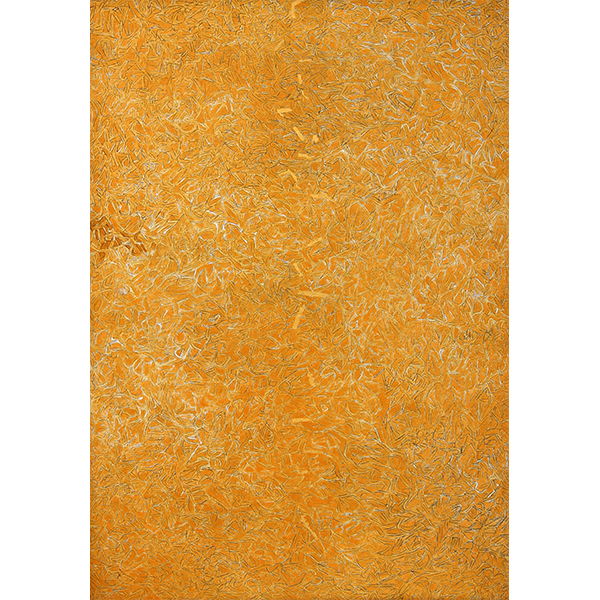
Prem Singh
As a curator, I observed over the years that it is due to the lack of understanding of the concept that most people refrain from enjoying abstracts, especially in our country.
Abstraction is – Separating Reality – from Art
As a child, I believed what you cannot understand is abstract.
As a teenager, I realized – if you could not draw figures you are an abstract artist.
As a curator, I finally understood how easy it is to understand abstraction.
While growing up, both in and out of the art world, the hype around abstraction was more than other ‘isms’. I remember certain artists being self-proclaimed intellectuals, and belittling other artists who painted in other styles of art such as figurative, landscape and surrealism. Also, to understand abstraction one has to be equally intellectual and possess an advanced understanding of art.
Through decades past, I realized that is not how you perceive and enjoy abstract. I agree the artist needs to be very clear and connected with his art (he needs to put in slight more effort than other isms) and the same applies to the viewer while looking at abstract art. The thought of the artist should be very clear, refined and reflect spontaneity. One must also look at it on a philosophical level. It is about the ideology of the artist. The ideology that he gains from society but not by using worldly elements like name, place, animal, human being or object.
Abstraction is purely based on thoughts, colours, forms, brush strokes, and at times also on the process which is directly related to the concept of the artist and what he is trying to depict through his work. In American art, size and scale also plays a great role in abstraction form of art. With miniatures as our base, Indians and Indian artists never really ever cared about the size and scale. Owing to our cultural aspect, we have always given importance to emotions, thoughts and technique applied to the work as compared to size and scale of the work.

Bhanu Shah
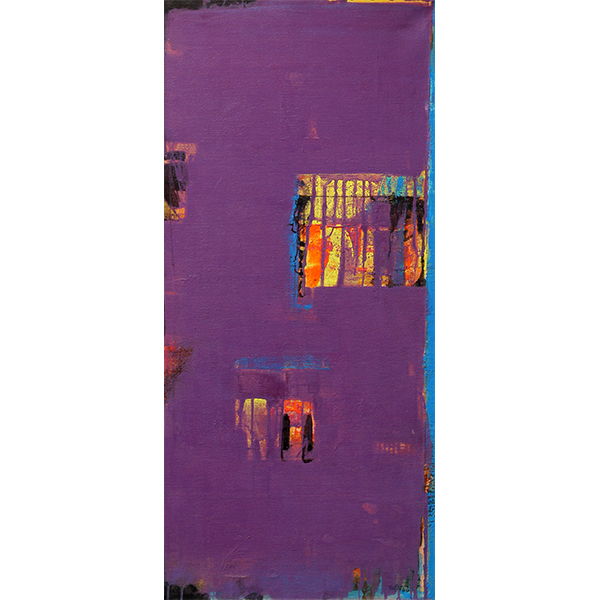
Pradeep Nerurkar

Ratan Parimoo
There are many first time viewers in India who are not exposed to quality abstract art. For them, understanding abstraction is rather easy. They only need to learn about the artist, know his mind and the thought process behind his work. The rest will follow. Once you understand abstraction, the more you learn about it, the more you see it, I guarantee it will become an addiction. Occasionally, certain abstract works have become a part of my life. I feel the need to see them displayed on my walls. They give you motivation – the colours give you life, the brush strokes push you to think beyond. The overall composition inspires you and you tend to get drawn into the work. That is the power of abstraction.
Do you know the reason? it comes straight out of the artist’s mind and thoughts. There is no need for the artist to embellish or deliberately make it look beautiful. He is satisfied since his thought is translated onto the medium with the desired material. This makes it easy for us as viewers to connect with abstraction. It is direct. It is real. You enjoy the sheer emotion.
The artist has taken several years to reach to that one simplified thought and thus it may take time for you to grasp it. Majority of the viewers come from different walks of life and hence for obvious reasons the connection may not come easily. But once the thought, process and style is understood, it can do wonders. ok, try one exercise: look at a particular series or any abstract work and understand the artist’s thought process and how he has projected it onto the canvas or another medium. Then try to think about it by looking at the artwork. I assure you it will lead to a deeper understanding of the subject. It will make you introspect and start a dialogue with yourself about that subject or any related sub subject and you will enjoy the upliftment of thoughts. You will surely read more or discuss it with someone. Here, I am not talking about the artist or fine arts particularly, but the subject or concept around it. This is the power and beauty of abstraction.
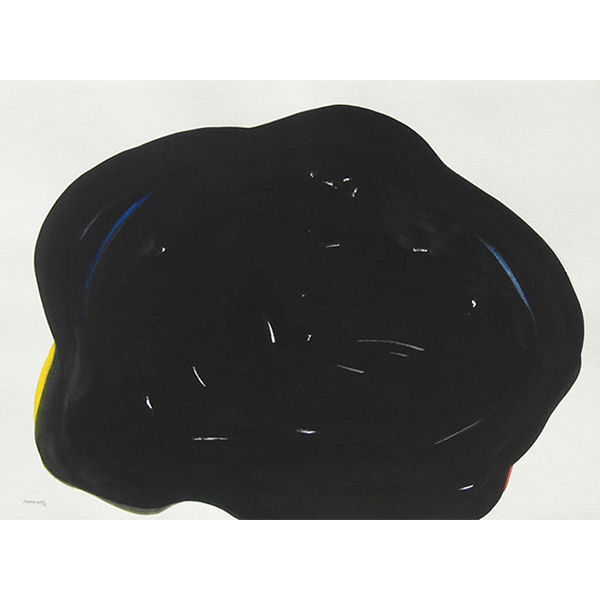
Jeram Patel
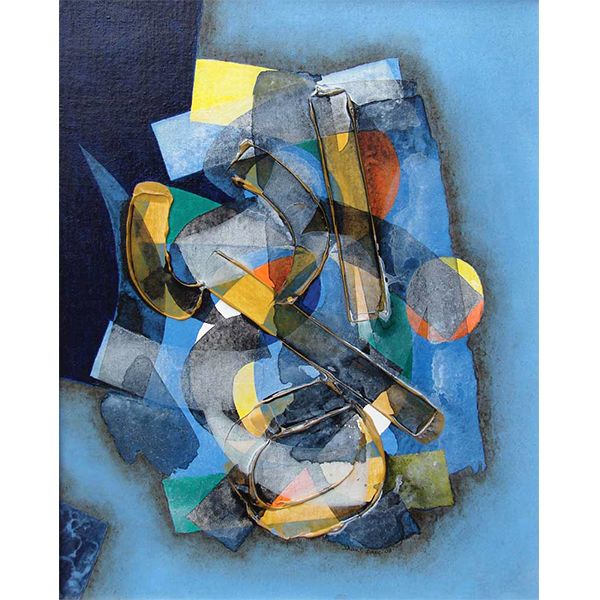
Shanti Dave
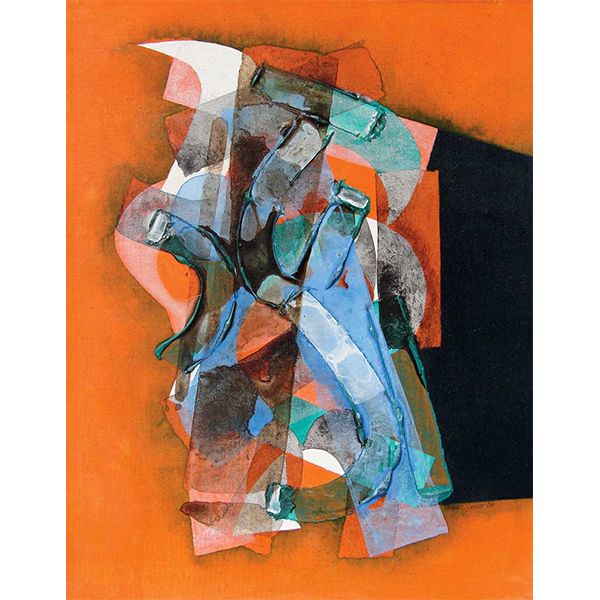
Shanti Dave
People at social gatherings always discuss the inability to understand art. Although understanding art is important but it is not the ultimate goal. Sometimes art just needs to be felt, like music. Then the question arises, how can we feel art when we do not know certain concepts on how to enjoy or appreciate art? How to understand various styles and forms?
A lot of visitors at the gallery often question the need for abstract exhibits as they find it rather difficult to comprehend. People often confuse a painting without any figures or work that is difficult to interpret with abstract art. These are the shortcomings of misrepresentation of certain works over the years. For people who have a better knowledge or appreciation of art, abstraction is about colours and forms. This, however is only partially accurate, abstraction is beyond colours and forms.
My experience as a curator over time has taught me that abstraction is simply an artist’s thoughts depicted through colours. The emotions and ideas expressed through his style. Abstraction is an emotion; it can be anger, love, joy, sadness, whatever the artist is feeling at the time. You can think of the artist as an actor and the canvas as the stage he performs on. For me abstraction is personal thoughts, mindset, feelings and emotions of an artist narrated though different styles and mediums.
So, the next time you go see an abstract work or collect it I am sure this blog will be of great help.
Do share your feedback on adiaryofacurator@gmail.com and follow my page @adiaryofacurator on Facebook and Instagram.
Photos and Text © Chaitya Dhanvi Shah

